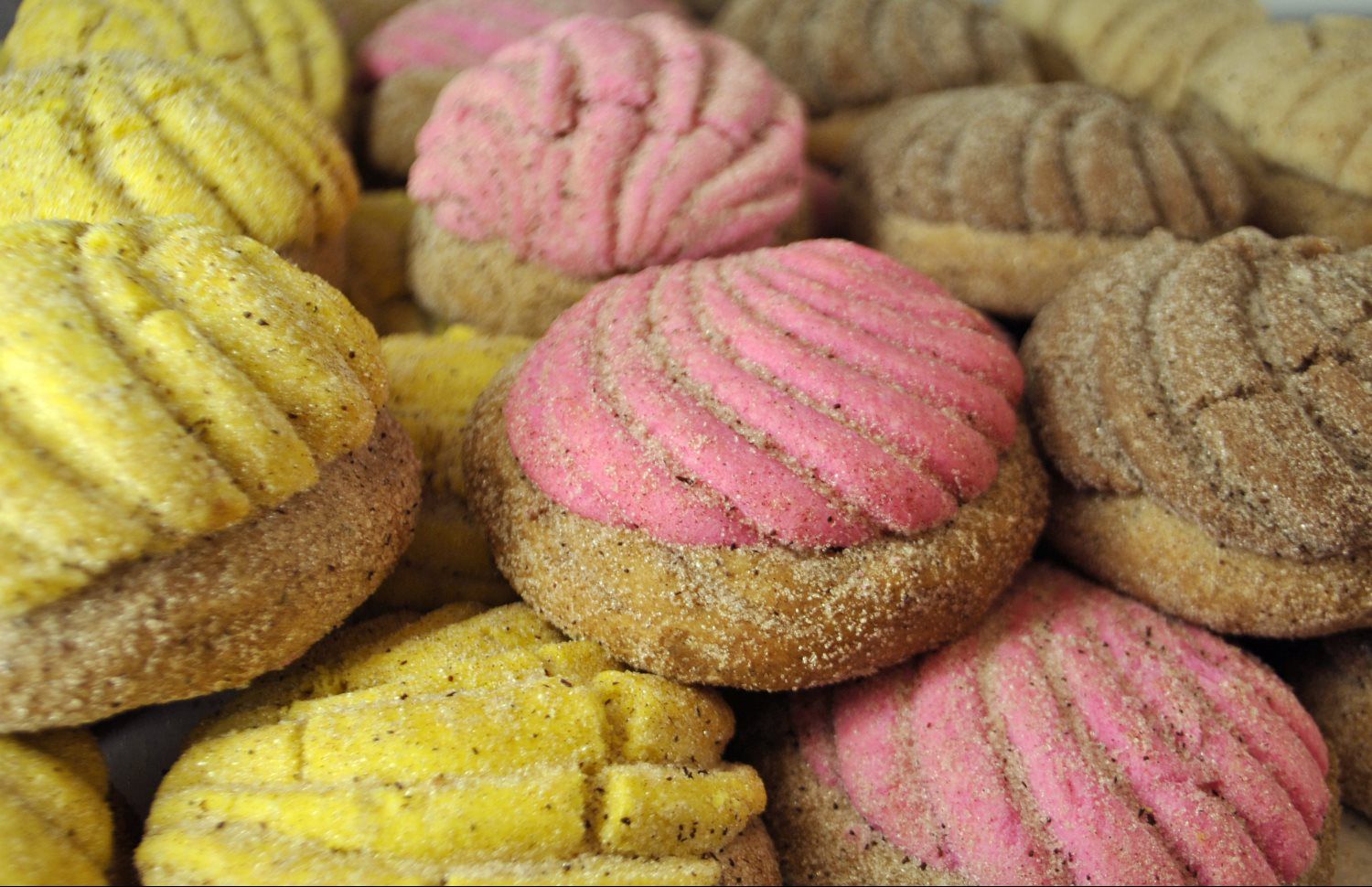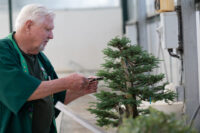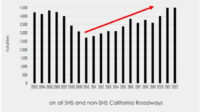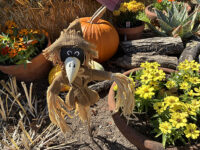By Loretta Carpio Carr
On a recent stop for gas, I went into the adjacent convenience store to buy a bottle of water and a couple of snacks for my drive down to the San Joaquin Valley. As I browsed the aisles of Cheetos and Corn Nuts, something caught my eye, something I never thought I would ever see – one yellow concha wrapped in cellophane packaging like you see Hostess Cupcakes or Twinkies or Ding Dongs.
For those who don’t know, a concha is a round, Mexican sweet bread (pan dulce) with chocolate, strawberry, or vanilla topping that gives it a shell-like (concha) appearance. They are easily found in panaderías in Mexico and the United States and are popular with adults and children alike. My astonishment came because the packaging, presentation, and point of sale were so – mainstream America!
I remember as a child when the man selling pan dulce out of the back of his truck would sound his horn to signal he was on the street. My mother and aunt next door would grab a couple of dollars and run outside to catch him before he sped away. Talk about a kid in a candy store! The sweet delights of conchas and my favorite puerquitos (molasses pigs) were as exciting as the arrival of the snow cone truck serving up syrupy shaved ice for ten cents on hot summer afternoons.
Now I can satisfy my craving for fresh pan dulce at Little Maya Bakery on Highway 12 or the Mexican markets in Boyes Hot Springs. Where else can you grab a tray and set of tongs and help yourself to delicious pastry? Some American supermarkets carry pan dulce in bags or in plastic containers, but the convenience store concha marketed like a Ho Ho caught me off guard.
I guess I shouldn’t have been surprised. One of the earliest signs of assimilation is the appearance of cultural food items. I appreciate the efforts of my long time friend, food and wine writer Kathleen Thompson Hill, with her instructional tasting tours of the Mexican carnicerías (meat markets), panaderías (bakeries), and tiendas (stores) in Boyes Hot Springs. Gustatory outreach may make more headway than politics.
With el Dia de los Muertos (Day of the Dead) coming up in early November, we can find Pan de Muerto (Bread of the Dead), a sweet roll with a topping in the shape of a cross, accompanying the sugar skulls and altar decorations which honor our departed.
Following the Christmas holidays, El Dia de los Reyes, Three Kings Day, is celebrated on January 6, with a ring shaped cake (Rosca de Reyes) containing a tiny, plastic doll baked inside to represent the baby Jesus. I was in Little Maya Bakery last year when disappointed customers couldn’t find any more cakes in the valley because they were all sold out.
It’s funny how that cellophane wrapped concha was symbolic to me of the growing Mexican influence and how it is changing this country. I said as much to the Mexican lady working in the convenience store. At first, I think she was not sure of my intention, but when I added, “Por lo mejor,” (for the better) we both nodded in the affirmative.
Who among us has not devoured a carne asada taco or wolfed down vegetable chow mein or polished off spicy chicken tandoori? Let us give thanks to the people from those cultures for sharing their delicious food; then dine and live in harmony.
Now I’m hungry.










Be First to Comment